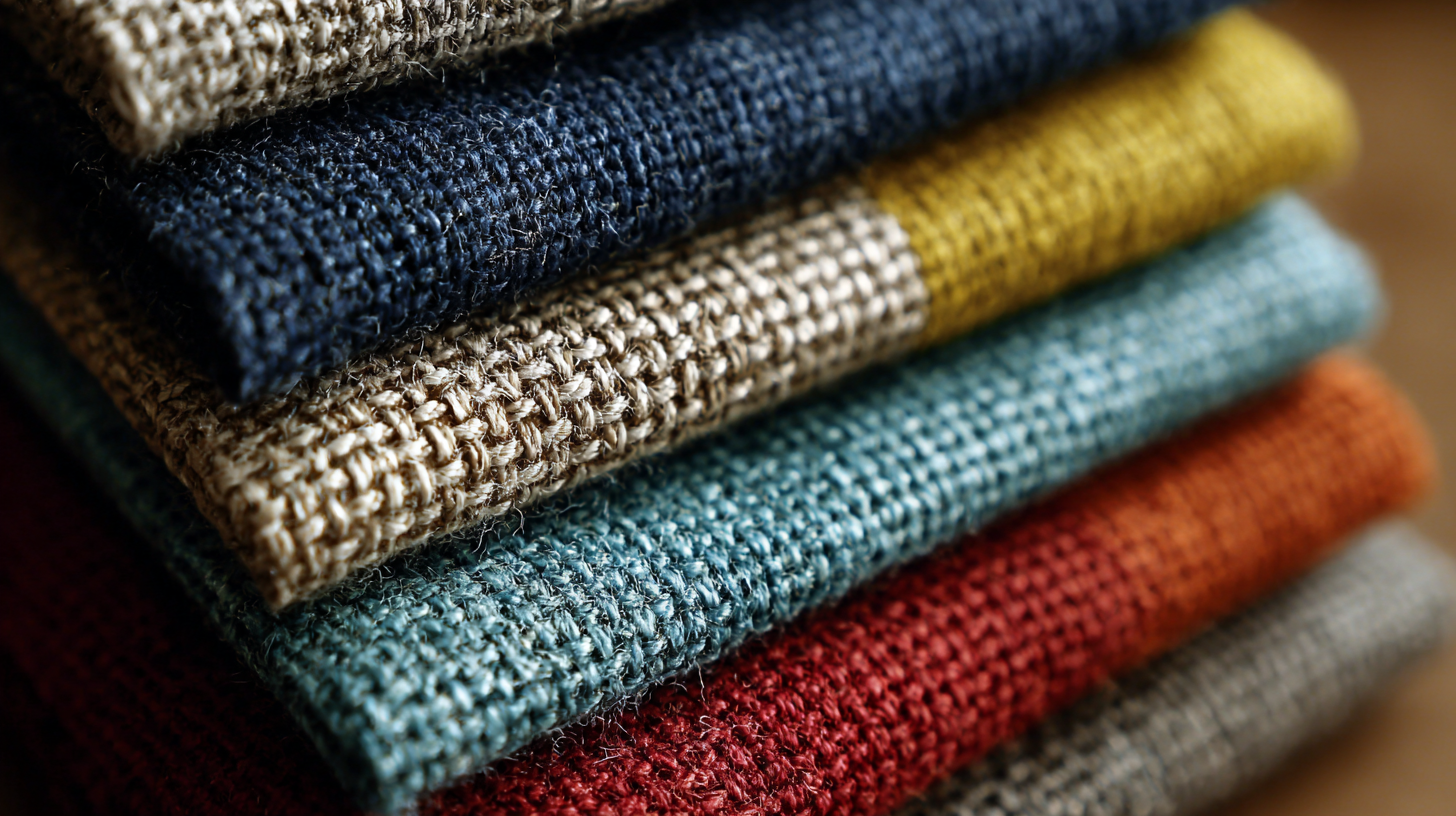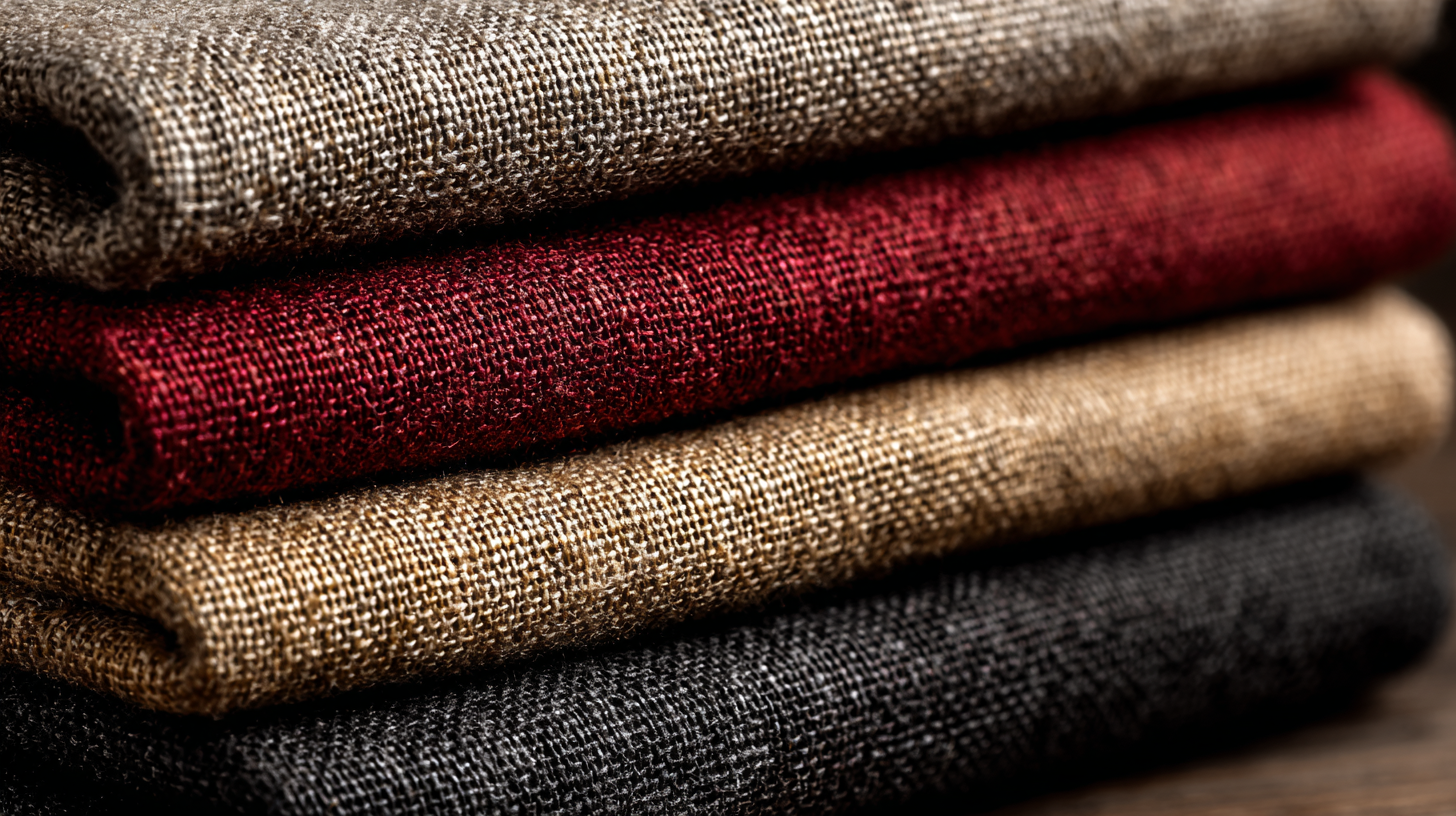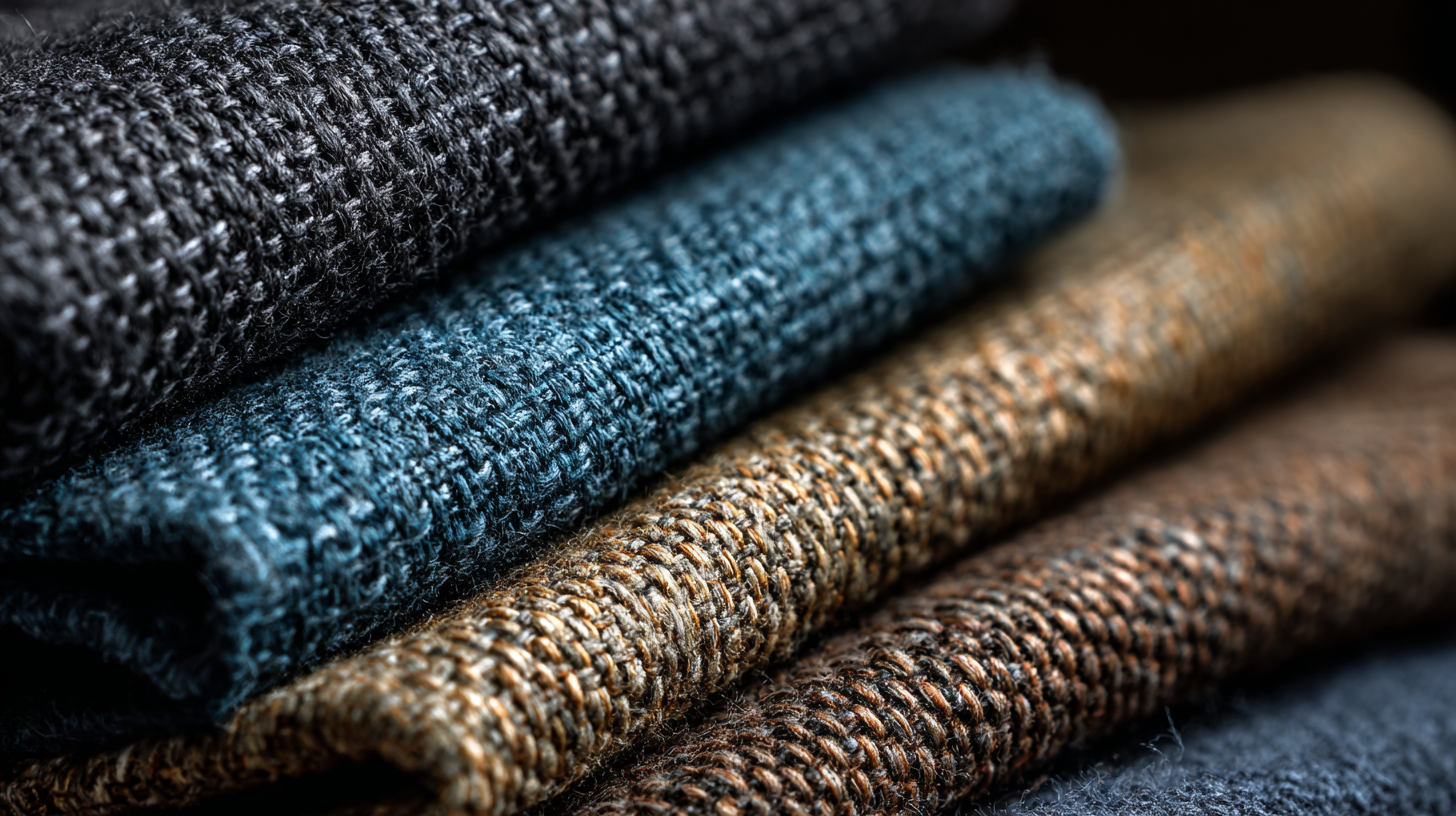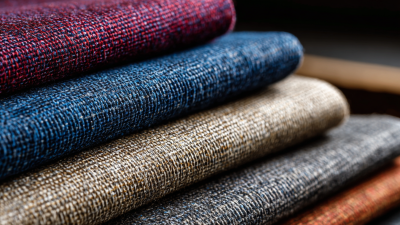Top 7 Weave Fabric Types You Need to Know for Your Next Project
In the world of textiles, understanding the various types of weave fabric is crucial for any successful project. As acclaimed fabric designer and weaving expert, Dr. Sarah Mitchell, once stated, "The choice of weave fabric not only defines the aesthetic of a piece but also influences its functionality and durability." This insight underlines the importance of selecting the right weave fabric, particularly for those embarking on their next creative endeavor.

In this article, we will explore the top seven weave fabric types that every designer, crafter, and enthusiast should know. From the classic elegance of satin to the robustness of canvas, each weave offers its own unique properties and benefits. Grasping these differences can enhance your design choices, allowing for more innovative and tailored outcomes.
Whether you're sewing a garment, crafting home decor, or designing upholstery, understanding the intricacies of these fabrics can elevate your work to new heights.
Join us as we delve into the fascinating world of weave fabric, providing you with the knowledge you need to make informed decisions for your future projects. Whether you're a seasoned professional or a budding creator, this guide will serve as an invaluable resource in your weaving journey.
Understanding the Basics: What is Weave Fabric and Its Importance in Textiles
 Weave fabric is a fundamental concept in the textile industry that refers to the method of interlacing threads or yarns to create a cohesive material. The process of weaving involves two essential components: the warp and the weft. The warp consists of the threads running vertically, while the weft threads are woven horizontally. This combination not only creates a variety of textures and patterns but also determines the fabric's strength, durability, and overall aesthetic appeal. Understanding the basics of weave fabric is crucial for anyone looking to embark on a textile project.
Weave fabric is a fundamental concept in the textile industry that refers to the method of interlacing threads or yarns to create a cohesive material. The process of weaving involves two essential components: the warp and the weft. The warp consists of the threads running vertically, while the weft threads are woven horizontally. This combination not only creates a variety of textures and patterns but also determines the fabric's strength, durability, and overall aesthetic appeal. Understanding the basics of weave fabric is crucial for anyone looking to embark on a textile project.
The importance of weave fabric in textiles cannot be overstated. Different weaving techniques, such as plain weave, twill, and satin, lead to various characteristics that cater to specific end uses. For instance, twill weaves are known for their diagonal patterns and durability, making them ideal for apparel and home furnishings. On the other hand, satin weaves offer a smooth surface with a luxurious feel, often used in high-end clothing and bedding. By grasping the nuances of weaving, creators can make informed choices that enhance the final product's functionality and aesthetic, ultimately contributing to its success in the market.
Exploring Different Weave Structures: Plain, Twill, and Satin Explained
When considering the world of fabric, understanding the different weave structures is crucial for any project. The three primary types of weaves—plain, twill, and satin—each offer distinct characteristics that cater to diverse applications. The plain weave, the simplest and most versatile structure, is created by alternating the warp and weft threads in a straightforward over-and-under pattern. This creates a strong and durable fabric, ideal for everyday use items like shirts and household textiles.
In contrast, twill weave introduces a diagonal pattern that adds depth and texture to the fabric. This type is known for its drape and durability, making it perfect for heavier garments like denim and chinos. The distinctive diagonal lines not only enhance visual interest but also contribute to the fabric's ability to resist wrinkles and stains. Lastly, satin weave features a luxurious, smooth surface achieved by floating the warp threads over several weft threads. This results in a soft, glossy finish that is often favored for formal wear and upholstery. Each weave structure offers unique properties, allowing designers and crafters to select the most suitable fabric for their specific projects.
Analyzing Fabric Durability: The Impact of Weave Types on Longevity and Wear
The weave type of a fabric plays a crucial role in determining its durability and overall longevity. Different weaving techniques can significantly alter a fabric's strength and resilience against wear and tear. For instance, tightly woven fabrics, such as satin and twill, tend to offer greater durability compared to looser weaves like chiffon or lace.
The tighter the weave, the less likely the fibers are to snag or break, making them ideal for garments and items that will experience regular use.
Furthermore, the choice of weave type also affects the fabric's ability to withstand environmental factors. Fabrics with a plain weave are often favored for their balanced structure, providing a solid foundation that resists fraying and fading over time. This inherent sturdiness makes them suitable for everyday clothing and home textiles.
Conversely, fabrics with complex patterns or textures may not be as durable in the long run, as their intricate construction can lead to weaknesses in certain areas. Therefore, understanding the impact of weave types is essential for selecting the right fabric that can endure the demands of various projects while retaining its visual appeal.
Sustainable Weaving Practices: Eco-friendly Materials and Techniques on the Rise
Sustainable weaving practices are becoming increasingly crucial in the fashion industry as consumers, particularly Gen Z and millennials, advocate for transparency and ethical sourcing. Modern weavers are responding to this demand by integrating eco-friendly materials into their production processes. This shift not only addresses environmental concerns but also highlights the cultural significance of traditional textile techniques, as craftsmanship receives renewed attention in a market dominated by fast fashion.
The rise of sustainable textiles is evidenced by the growth of the textile waste management market, projected to reach USD 23.31 billion by 2034. Innovations are emerging that utilize recycled materials, reduce waste during production, and implement responsible dyeing processes. Such advancements indicate a significant transformation toward sustainability in the textile industry, showing that eco-conscious practices can coexist with profitability. As traditional textile makers adapt to these changes, they contribute to a broader narrative of sustainability, blending heritage with modern demands to create a more responsible future for fashion.
Industry Trends: Innovations in Weave Fabrics Shaping Future Design Projects
As the textile industry continues to evolve, innovations in weave fabrics are playing a pivotal role in shaping future design projects. Advanced technologies, such as digital weaving and 3D fabric construction, have opened new avenues for creativity, allowing designers to experiment with unique textures and structural properties. These innovations not only enhance aesthetic appeal but also significantly improve the performance characteristics of fabrics, making them more durable and versatile for various applications, from fashion to interior design.
Additionally, sustainable practices are becoming increasingly integrated into fabric production, with a focus on eco-friendly materials and methods. Designers are now prioritizing fabrics that are not only visually striking but also environmentally responsible, leading to a shift in consumer preferences. This trend is prompting manufacturers to adopt innovative weaving techniques that minimize waste and utilize recycled fibers, pushing the boundaries of traditional weaving while fostering a more sustainable future. Such advancements are vital in meeting the growing demand for ethical fashion and conscious design, ensuring that the industry remains relevant in an ever-changing market.



